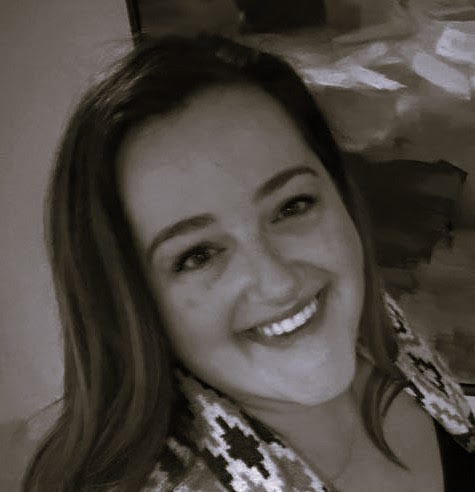
Book online with Stephanie Valente, OMP and RMT at yourbalanceosteo.ca. Feel free to call 416-823-7030 to book over the phone, or email at s.valente.osteopathy@gmail.com . Hours of operation vary, and are up to date on the booking calendar.
Osteopathic Manual Practitioner (OMP) is a hands-on treatment used by osteopathic practitioners to help the body heal itself. By applying pressure, stretching, and other manual techniques, OMT can improve the function of muscles, joints, and have a calming effect on the nervous system.
What an OMP Can Do
OMT (Osteopathic Manual Therapy) can:
- Relieve pain: Reduce discomfort in muscles, joints, and tissues.
- Increase mobility: Improve flexibility and range of motion in affected areas.
- Promote circulation: Enhance blood flow, which helps deliver oxygen and nutrients to tissues and remove waste products.
- Reduce inflammation: Decrease swelling and other inflammatory symptoms.
- Enhance overall function: Help the body function more efficiently by addressing musculoskeletal and nervous system imbalances.
How OMT is Done
OMP involves various hands-on techniques that may include:
- Soft Tissue Techniques: Gentle stretching, turning, and applying pressure to the muscles and soft tissues to improve flexibility and relieve muscle tightness.
- Myofascial Release: Focused on releasing tension in the fascia (the connective tissue surrounding muscles) to improve mobility and reduce pain.
- Articulation (or Joint Mobilization): Gentle movement of joints to improve their mobility and relieve stiffness.
- Counterstrain: Involves placing the body in a specific position to relieve pain and muscle tension by using gentle positioning to release strain.
OMT is typically performed in a safe, comfortable environment, and the osteopathic practitioner will guide the patient through the treatment to ensure comfort and effectiveness. It may involve different body positions or may be done while the patient is lying down, sitting, or standing.
Conditions that OMT Treats
OMP can be used to treat a wide variety of conditions, including:
- Musculoskeletal Pain:
- Back pain (lower, mid, upper)
- Neck pain
- Shoulder, hip, and knee pain
- Joint pain or stiffness
- Sports Injuries:
- Strains and sprains
- Tendonitis
- Muscle tightness or spasms
- Headaches:
- Tension headaches
- Migraines (as part of a comprehensive treatment plan)
- Postural Issues:
- Poor posture-related pain
- Scoliosis (curvature of the spine)
- Chronic Pain:
- Fibromyalgia
- Arthritis
- Respiratory Issues:
- Sinus congestion or infections
- Asthma
- Bronchitis
- Digestive Issues:
- Irritable bowel syndrome (IBS)
- Gastrointestinal discomfort
- Neurological Issues:
- Sciatica
- Carpal tunnel syndrome
OMT can also be used for preventive care, promoting overall wellness and reducing the likelihood of injury or pain flare-ups.
What OMT Works Best For You
OMT is particularly effective for musculoskeletal disorders, such as muscle or joint pain, and it is beneficial for patients who seek non-invasive treatments. For those with chronic pain, OMT can provide relief when other approaches may not have been effective.
While OMT is often used to manage and treat conditions, it’s not typically used for treating serious medical conditions like infections, fractures, or cancer. Your osteopathic practitioner will assess whether OMT is the right approach for your condition.
Osteopathic Manual Therapy
Provided by an OMP (Osteopathic manual practitioner) is a versatile and effective treatment option for many types of pain and musculoskeletal issues. It involves hands-on techniques that help relieve pain, improve movement, and promote healing. If you’re dealing with joint pain, muscle discomfort, or other related conditions, OMT might be a helpful option to discuss with your healthcare provider.